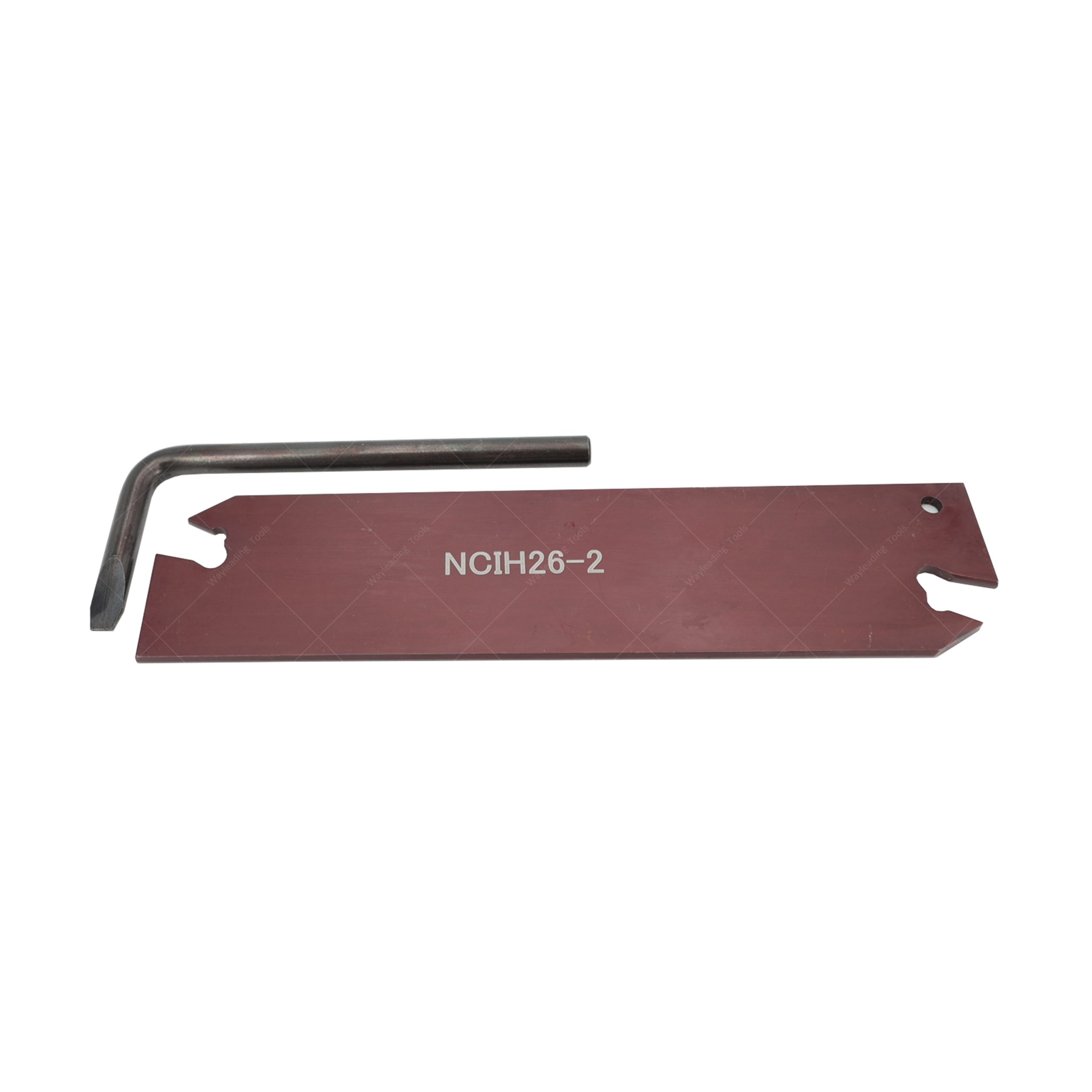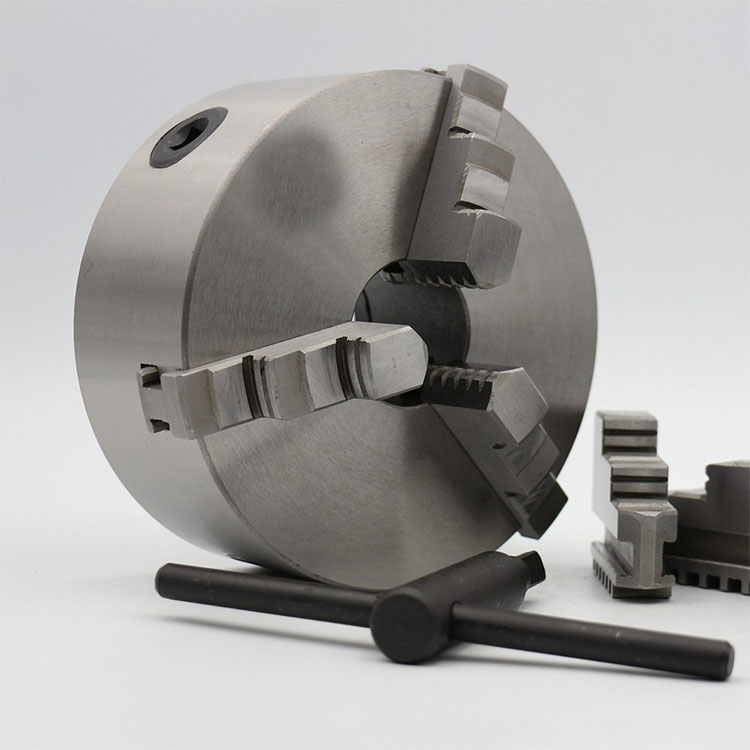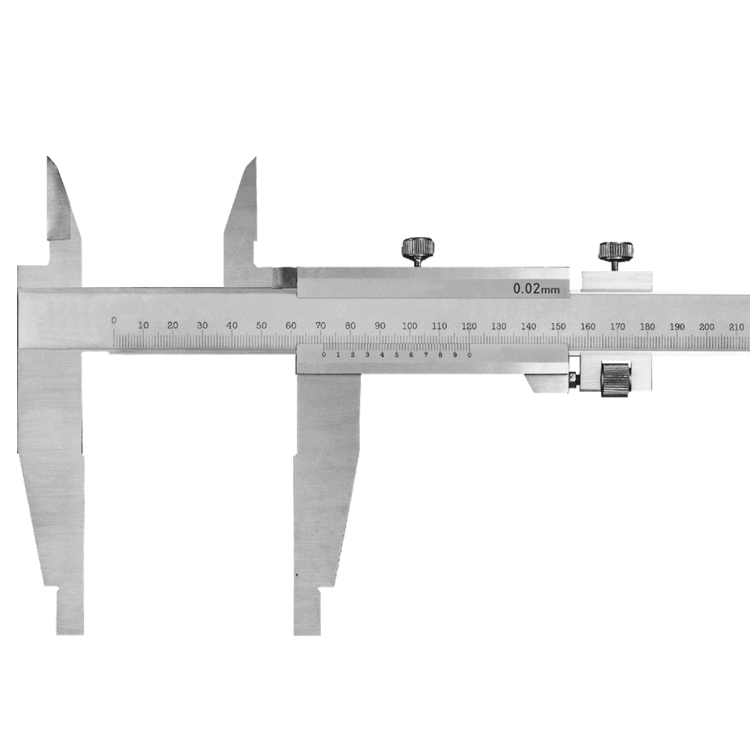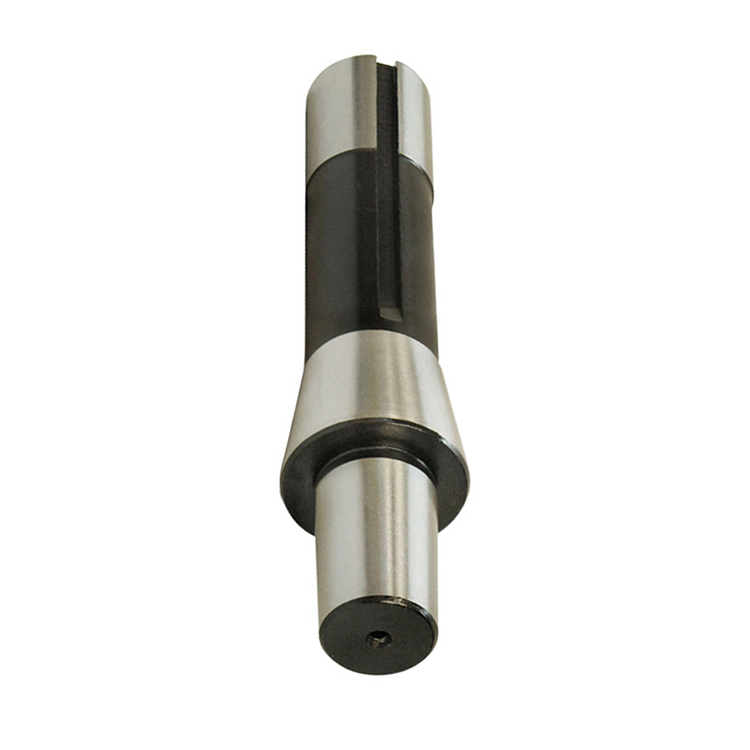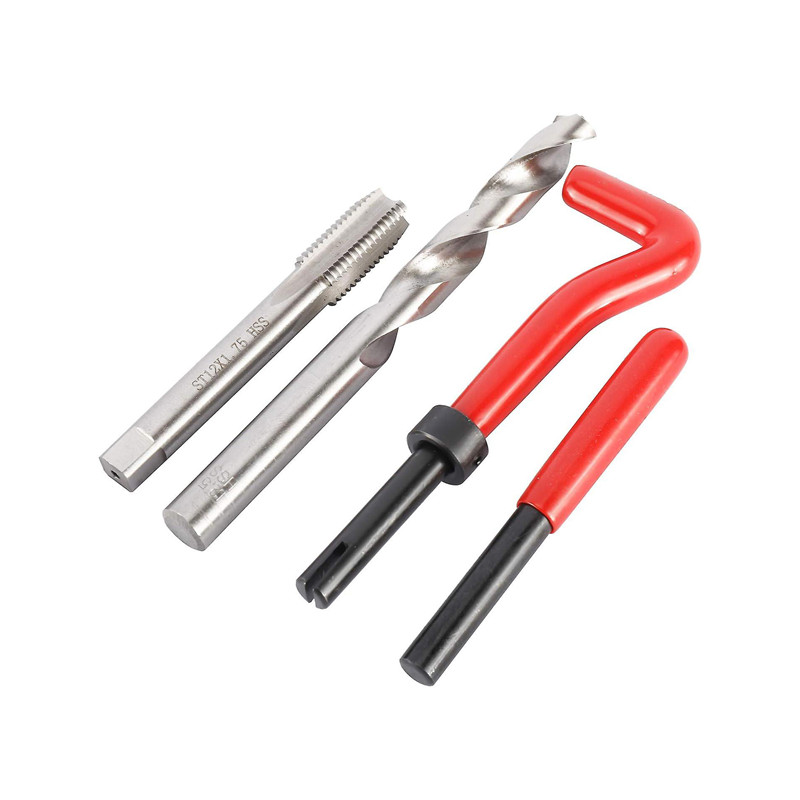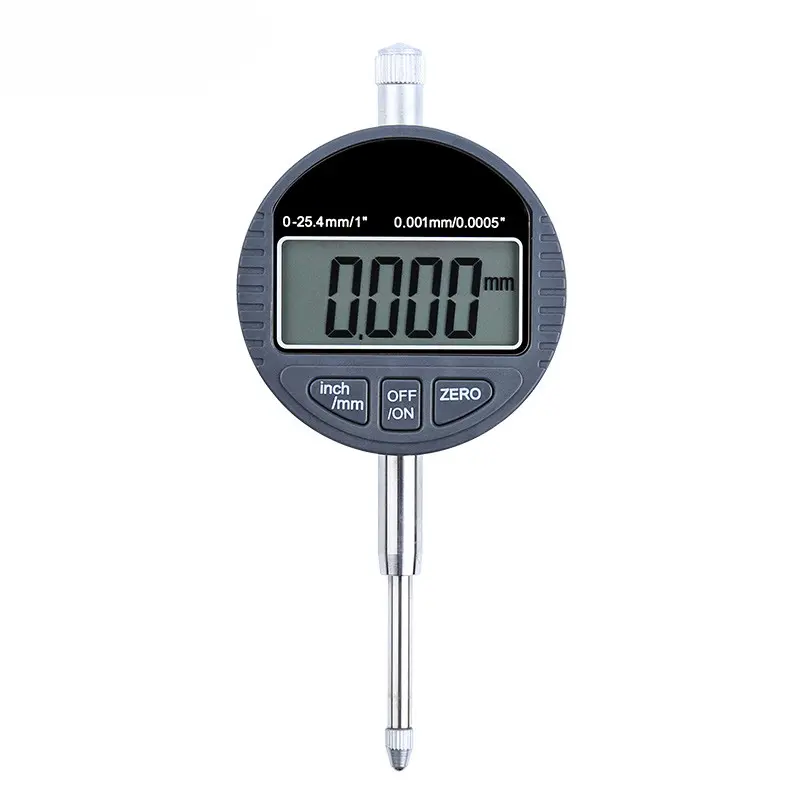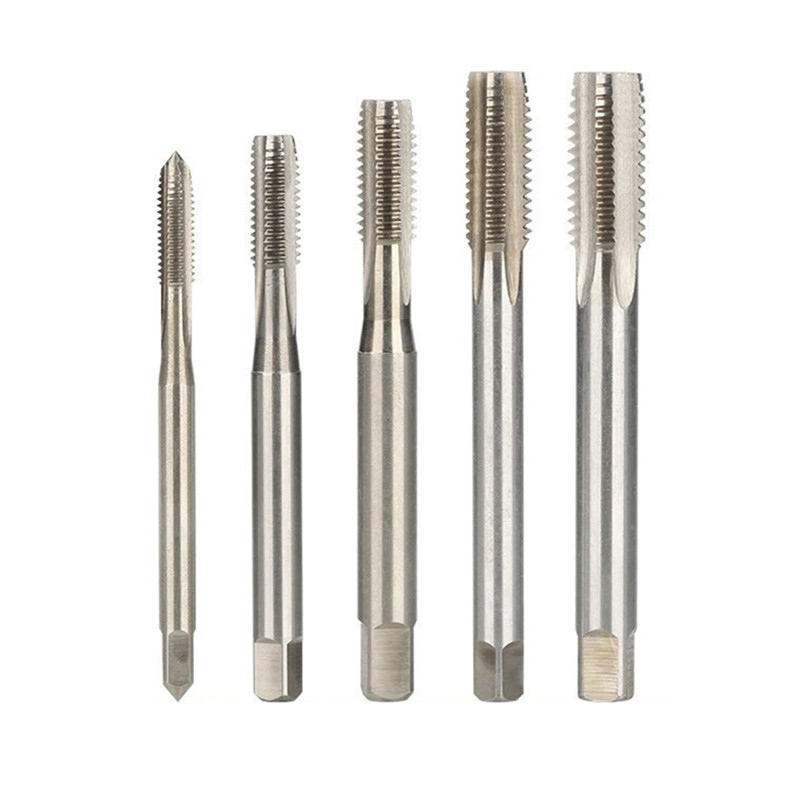revolving center Supplier
Revolving centers, also known as live centers, are essential tools in machining, providing accurate and stable support for workpieces during turning operations. Choosing the right revolving center supplier is crucial for ensuring precision, efficiency, and longevity of your equipment. This guide explores the key factors to consider when selecting a revolving center supplier, the different types of revolving centers available, and how to maximize their performance. Knowing these factors ensures you find the best supplier for your specific machining needs.
Understanding Revolving Centers
Before selecting a revolving center supplier, it's important to understand what a revolving center is and its function. A revolving center, also known as a live center, is a component used on lathes and other turning machines to support the workpiece at the tailstock end. Unlike a dead center, a revolving center incorporates bearings, allowing it to rotate with the workpiece. This reduces friction and heat, enabling higher speeds, improved accuracy, and longer tool life.
Types of Revolving Centers
Revolving centers come in various designs, each suited for specific applications. Common types include:
- Standard Revolving Centers: General-purpose centers suitable for a wide range of turning operations.
- Bull Nose Revolving Centers: Feature a large diameter nose for supporting workpieces with large center holes or thin walls.
- Pipe Revolving Centers: Designed with a hollow center to accommodate long, slender workpieces like pipes or shafts.
- High-Speed Revolving Centers: Optimized for high-RPM turning, often featuring precision bearings and enhanced lubrication.
- Interchangeable Point Revolving Centers: Allow for swapping different point styles (e.g., pointed, bull nose, cup) to suit various workpiece geometries.
Key Considerations When Choosing a Revolving Center Supplier
Selecting the right revolving center supplier is a critical decision. Here's what to look for:
Product Quality and Durability
The quality of a revolving center directly impacts its performance and lifespan. Look for suppliers that use high-quality materials (e.g., hardened steel alloys) and employ precision manufacturing processes. Check for certifications and quality control measures.
Product Range and Customization
A good revolving center supplier should offer a diverse range of revolving centers to meet different machining needs. They should also be capable of providing customized solutions for unique applications, such as specific point angles, materials, or dimensions. Wayleading Tools, for instance, offers custom solutions to meet demanding client specifications. You can explore their custom solutions at www.wayleading.com.
Technical Expertise and Support
Choose a supplier with a strong technical team that can provide expert advice on selecting the right revolving center for your application. They should be able to answer your questions, offer troubleshooting support, and provide guidance on maintenance and best practices.
Price and Value
While price is a factor, focus on the overall value. A cheaper revolving center may cost less upfront, but it could have a shorter lifespan or compromise accuracy, leading to increased costs in the long run. Consider the total cost of ownership, including maintenance, repairs, and potential downtime.
Reputation and Reviews
Research the supplier's reputation by reading online reviews and testimonials. Check if they have a proven track record of delivering high-quality products and excellent customer service. Request references from other customers who have used their revolving centers.
Delivery and Availability
Ensure the supplier can deliver the revolving centers you need in a timely manner. Check their inventory levels and lead times, especially for custom orders. A reliable supplier should have efficient logistics and distribution networks.
Maintaining Your Revolving Center
Proper maintenance is essential for extending the life of your revolving center. Here are some tips:
- Regular Cleaning: Clean the revolving center after each use to remove chips, coolant, and other contaminants.
- Lubrication: Follow the manufacturer's recommendations for lubrication. Use the correct type of grease or oil to prevent damage to the bearings.
- Inspection: Regularly inspect the revolving center for signs of wear or damage. Check the point for roundness and the bearings for play.
- Storage: Store the revolving center in a clean, dry place when not in use. Protect it from impacts and corrosion.
Troubleshooting Common Revolving Center Issues
Even with proper maintenance, revolving centers can sometimes experience problems. Here are some common issues and how to address them:
- Excessive Vibration: This could be due to worn bearings, an unbalanced workpiece, or improper alignment. Replace worn bearings, balance the workpiece, and ensure proper alignment of the tailstock.
- Overheating: Overheating can be caused by insufficient lubrication, excessive speed, or too much pressure. Check the lubrication, reduce the speed, and reduce the tailstock pressure.
- Loss of Accuracy: Loss of accuracy can result from worn bearings, a damaged point, or improper setup. Replace worn bearings, replace the point, and ensure the revolving center is properly installed.
Revolving Center Selection Table
Here's a simplified table showing different types of revolving centers and their typical applications. All load capacity data cited are approximate and derived from common industry averages and standards.
| Type | Typical Applications | Approximate Load Capacity | Considerations |
|---|---|---|---|
| Standard Revolving Center | General-purpose turning | lbs | Versatile, widely available |
| Bull Nose Revolving Center | Supporting large diameter workpieces | lbs | Increased support area |
| Pipe Revolving Center | Supporting long, slender workpieces | lbs | Hollow center for clearance |
| High-Speed Revolving Center | High-RPM turning operations | lbs | Precision bearings, enhanced lubrication |
| Interchangeable Point Revolving Center | Diverse workpiece geometries | lbs | Flexible, adaptable |
Conclusion
Choosing the right revolving center supplier and revolving center is essential for achieving accurate, efficient, and reliable turning operations. By considering the factors outlined in this guide, you can select a supplier that meets your specific needs and helps you maximize the performance of your machining equipment. Remember to prioritize quality, technical expertise, and long-term value. Wayleading Tools' commitment to excellence ensures that you receive the best products and support for your machining needs.
Disclaimer: Load capacity data is approximate and derived from common industry averages. Always consult the manufacturer's specifications for accurate data and safe operating procedures.
Related products
Related products
Best selling products
Best selling products-
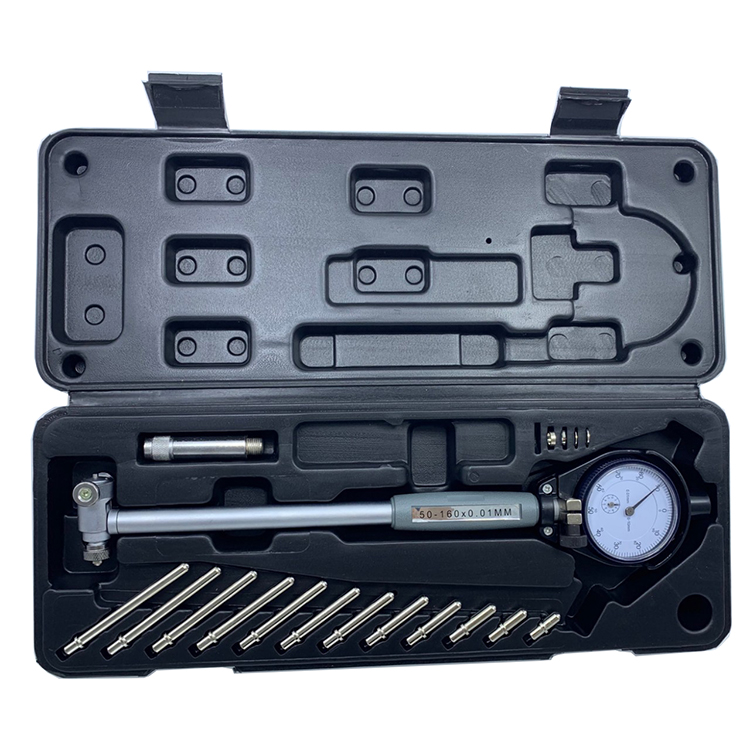 Dial Bore Guage From 6-450mm Range
Dial Bore Guage From 6-450mm Range -
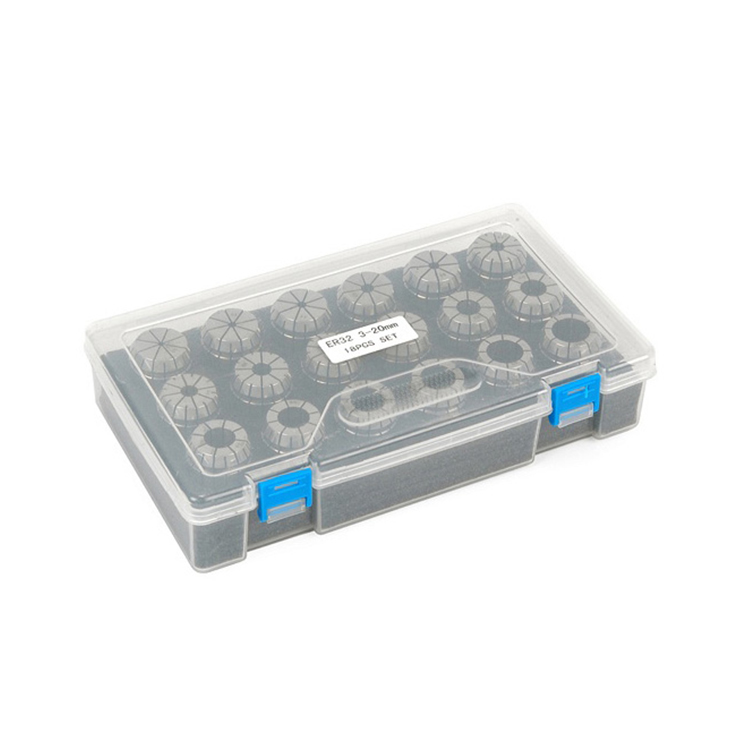 ER Collet Set With Hight Precision Milling
ER Collet Set With Hight Precision Milling -
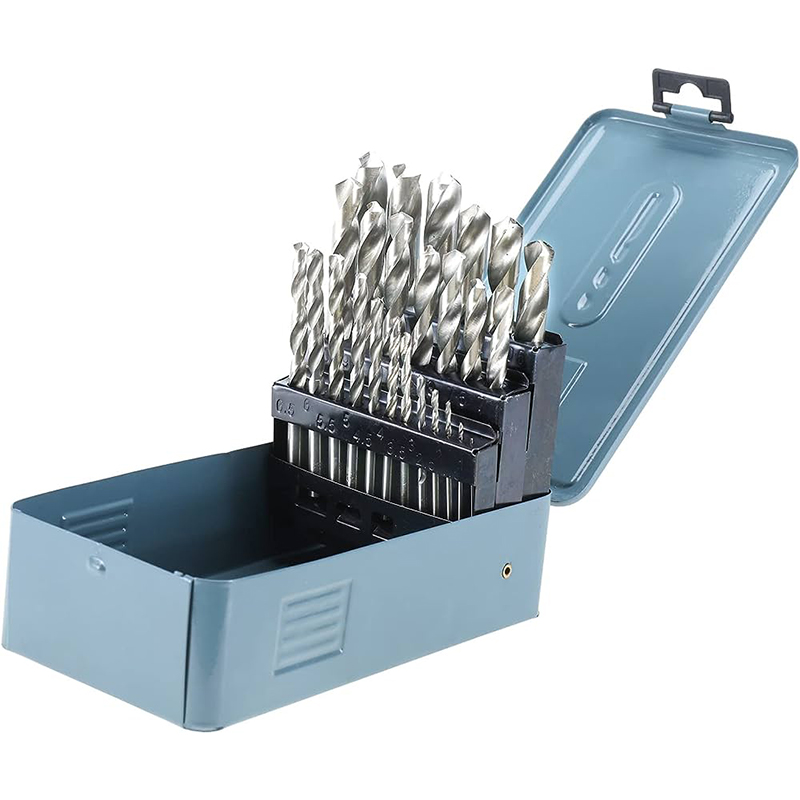 25PCS DIN338 HSS Twist Drill Bit Set From 1-13mm
25PCS DIN338 HSS Twist Drill Bit Set From 1-13mm -
 Inch HSS Step Drills with Straight Flute
Inch HSS Step Drills with Straight Flute -
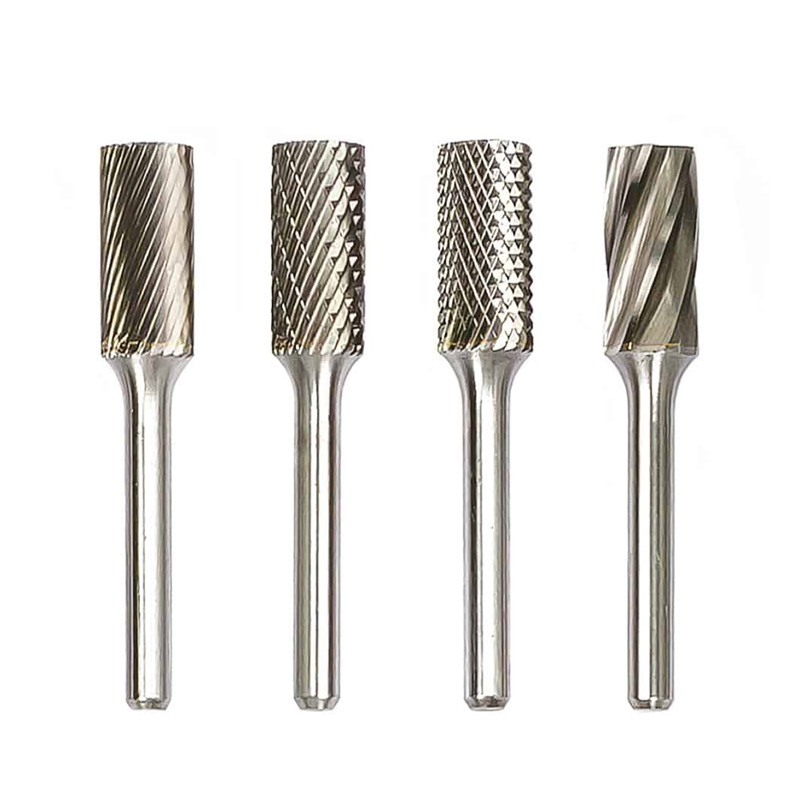 Type B Cylinder Tungsten Carbide Rotary Burr
Type B Cylinder Tungsten Carbide Rotary Burr -
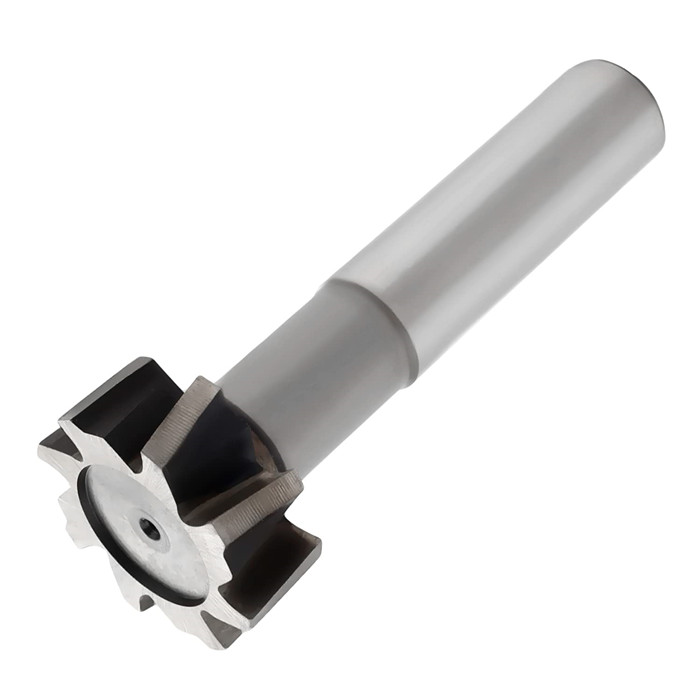 HSS Metric & Inch T Slot End Mill For Industrial
HSS Metric & Inch T Slot End Mill For Industrial -
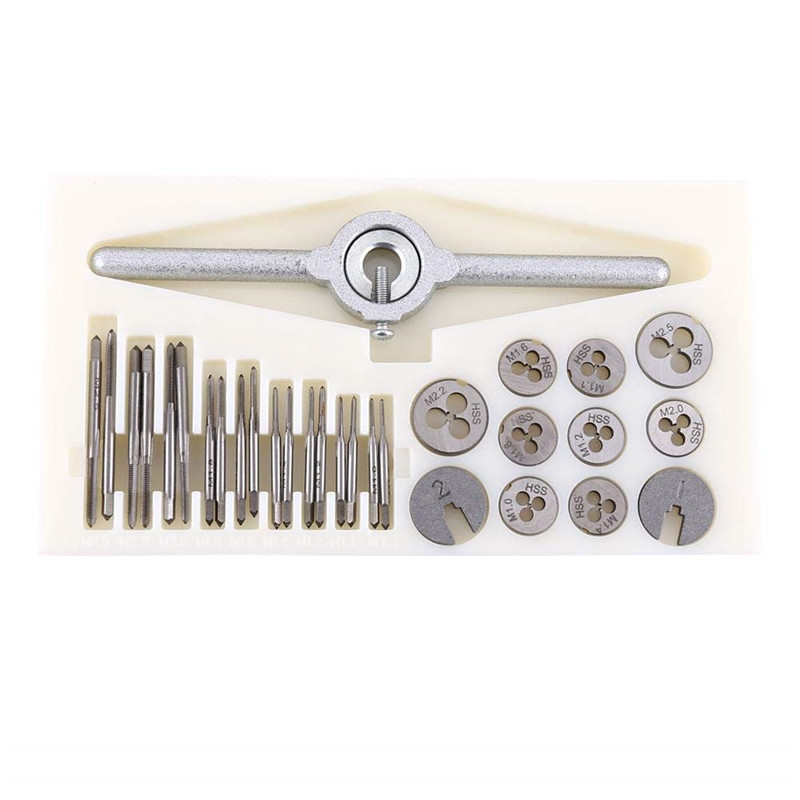 30PCS HSS Metric And Inch Size MINI Tap & Die Set
30PCS HSS Metric And Inch Size MINI Tap & Die Set -
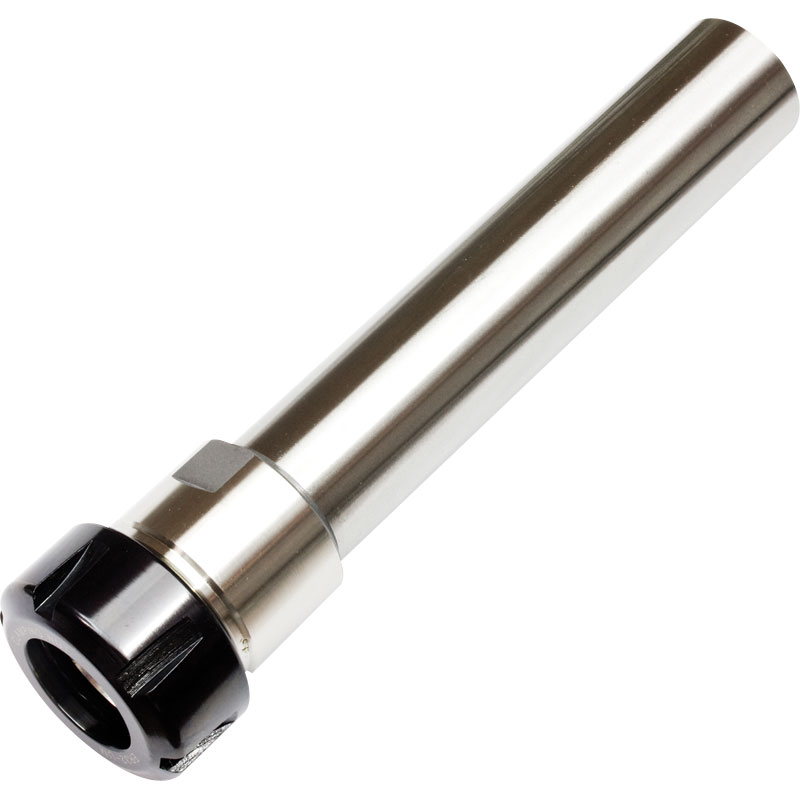 Straight Shank ER Collet Chuck Holders With Extending Rod
Straight Shank ER Collet Chuck Holders With Extending Rod -
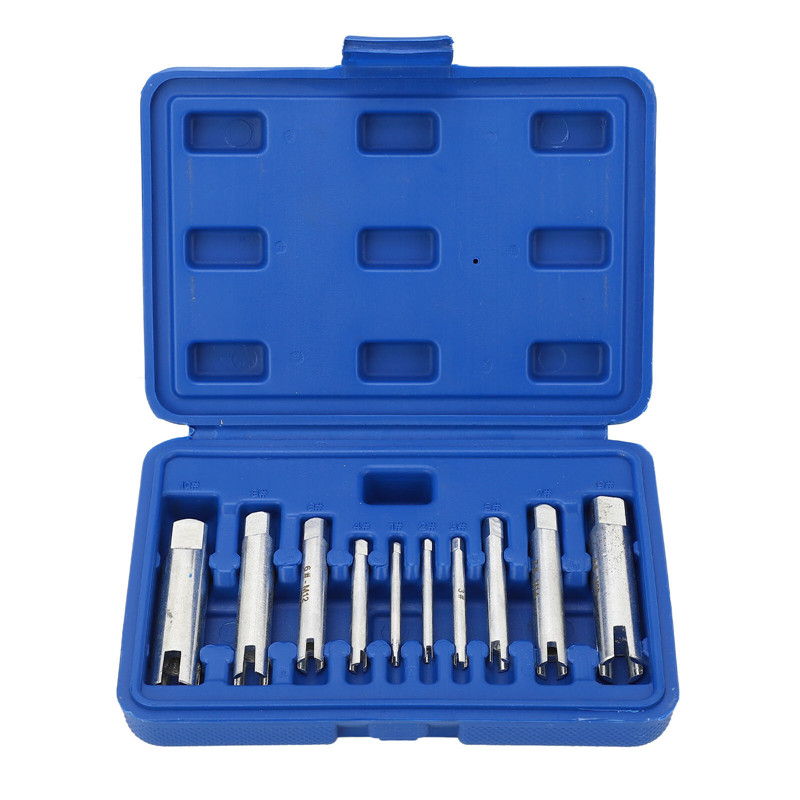 9PCS Broken Tap Extractor Set With Storage Box
9PCS Broken Tap Extractor Set With Storage Box -
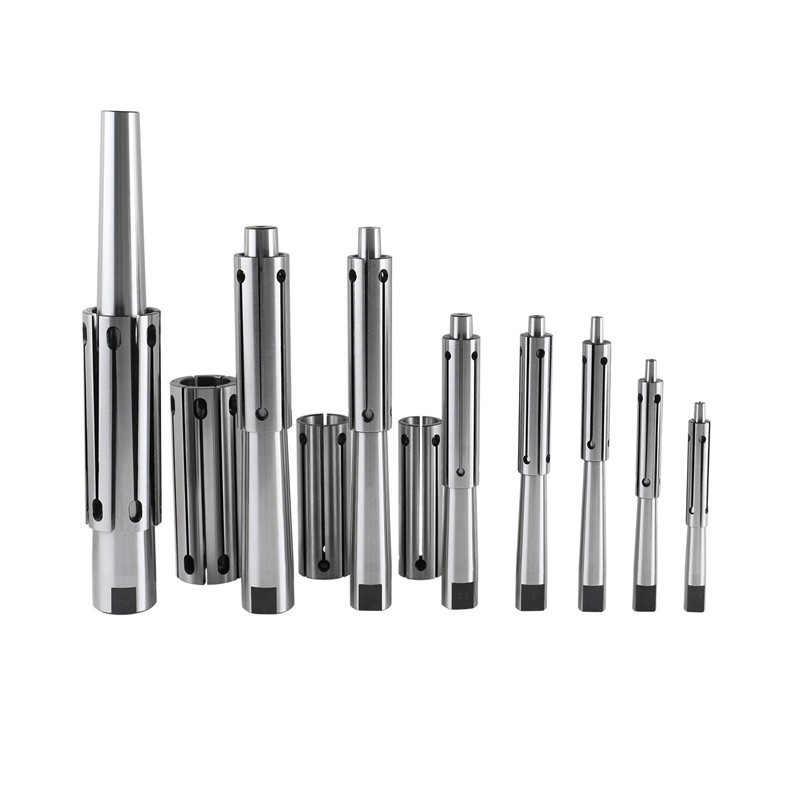 Precision Expanding Mandrel From 9/16″ to 3-3/4″
Precision Expanding Mandrel From 9/16″ to 3-3/4″ -
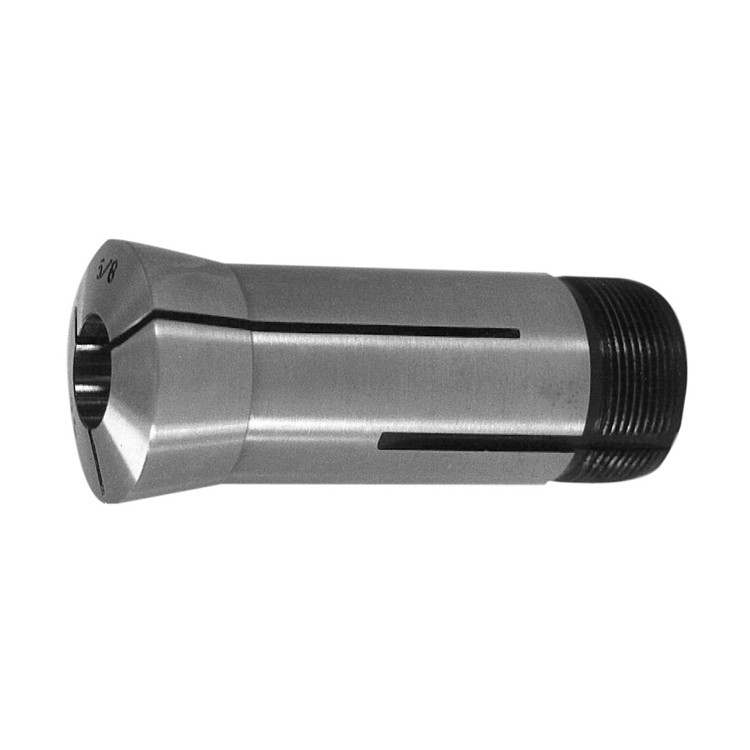 5C Round Collet With Inch and Metric Size
5C Round Collet With Inch and Metric Size -
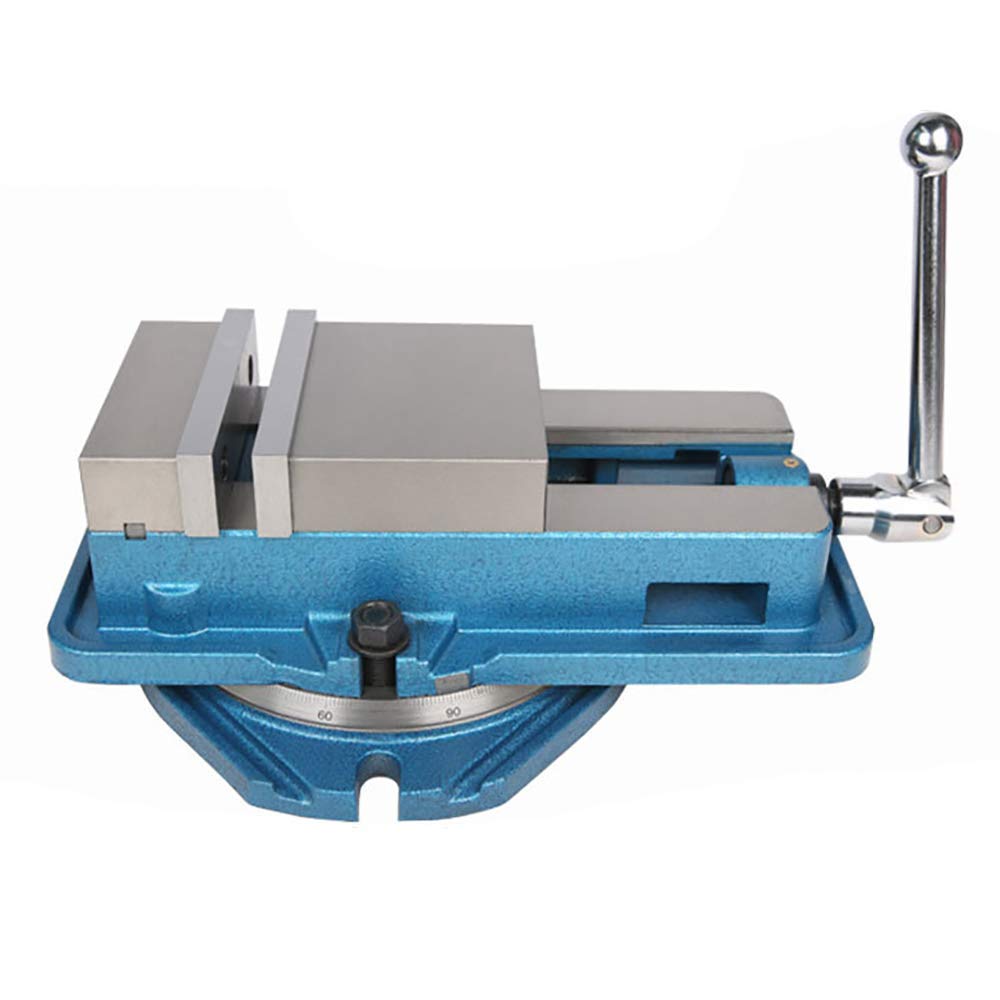 QM ACCU-Lock Precision Machine Vises With Swivel Base
QM ACCU-Lock Precision Machine Vises With Swivel Base

